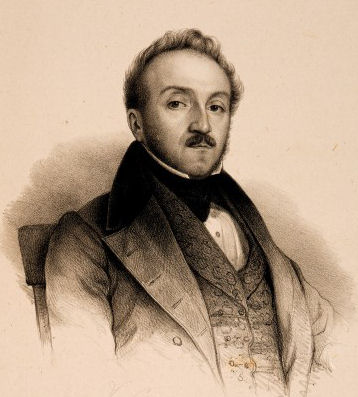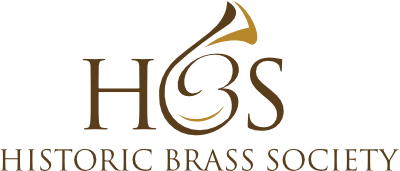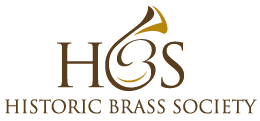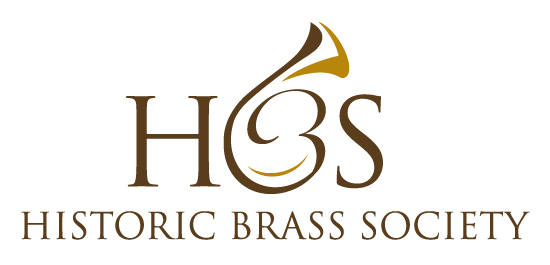 François Georges Auguste Dauverné, Duo Concertant pour 2 Trompettes Militaires in C, ed. Jean-Louis Couturier (Vienna: Doblinger, 2017) www.doblinger-musikverlag.at
François Georges Auguste Dauverné, Duo Concertant pour 2 Trompettes Militaires in C, ed. Jean-Louis Couturier (Vienna: Doblinger, 2017) www.doblinger-musikverlag.at
In addition to the fine and easy to read large notation on sturdy stock, Jean-Louis Couturier has presented us with an informative introductory essay on Dauverné (1799–1874) and this lovely duo for two natural trumpets. Couturier presents a brief biographical sketch. He began his musical trumpet studies under the direction of his uncle Joseph-David Buhl (1781–1860)
entered the musical services of the Royal Guard and became the first trumpet at the Paris opera in 1820. He remained in their employ for more than 31 years until his retirement in 1851. In 1833, at the initiative of the director of the Paris Conservatoire, Luigi Cherubini, Dauverné led their first trumpet class. He wrote many theoretical trumpet works, composed many pieces and, of course was the author of the celebrated Méthode de Trompette (Paris, 1857).
In 1847 Dauverné wrote the Duo Concertant. Couturier found the autograph manuscript Mns 10695 housed in the Bibliothéque national de France and that source is basis for this edition. The work, a theme and variations, begins with an introduction with is a quote of the English horn theme from the Overture of William Tell, the final opera by Gioachino Rossini which, as Couturier informs us was premiered in 1829 at the Paris Opera where Dauverné was the first trumpeter. The theme is followed by three variations of increasing difficulty. Dauverné employs triple tonguing and a wide range of dynamics ranging from double pianissimo to forte. The range of the work is over two octaves, from low G to high g on top of the treble staff. He only uses notes in the overtone series and even avoids the middle Bb and the high F.
Dauverné does include this piece in the famous Méthode de Trompette. It is the twelfth duo in the section “Douze Morceux Pour Trompettes: Marches, Polonaises, Menuets, Walses Airs Varies.” The notation is exactly the same but he omits the title, “Duo Concertant” in the method. We should all encourage Jean-Louis Couturier to keep his library card active and keep searching the large shelves of the Bibliothéque national for more gems as this edition as well as many others as he’s recently had published.
-- Jeffrey Nussbaum



